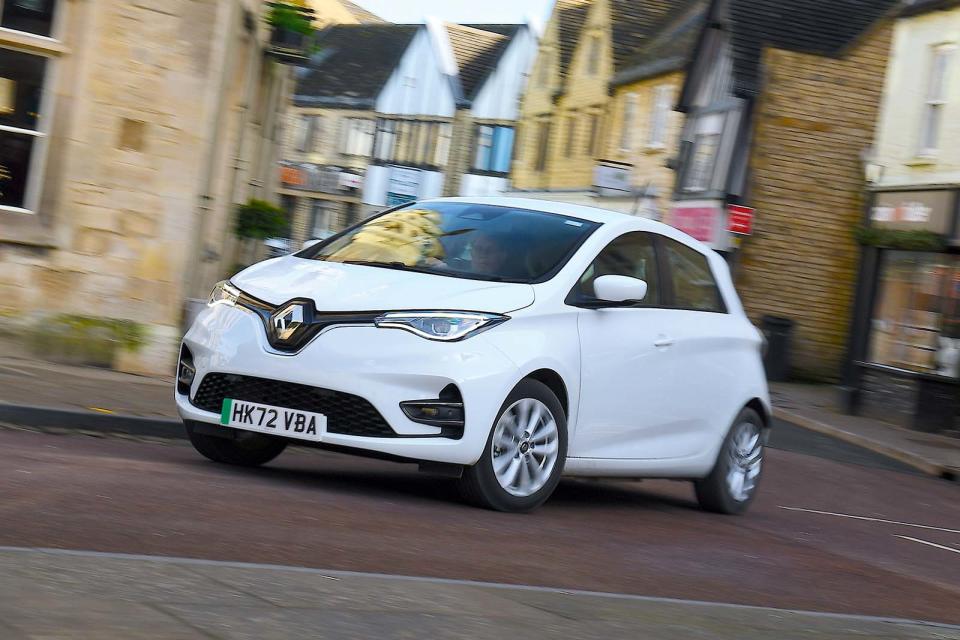Gone too soon? Final drive in the pioneering Renault Zoe

After 12 years in production, the Zoe still looks fresh
Cars die quietly. Their ‘look’ lasts six or seven years with mid-life changes, while their underbits generally go twice as long because they’re by far the most expensive components to change.
Sales typically peak a couple of years before the end, and by the time the Grim Reaper arrives, the manufacturing company has long stopped talking about the outgoing model and is well down the road with noise about its replacement.
So it is with the Zoe, Renault’s pioneering volume electric car. Production officially ceased on 30 March 2024 (though in reality it stopped well before Christmas), with about 400,000 units sold across Europe.
Renault has been publicising the Zoe’s replacement, officially called the Renault 5 E-Tech, since 2021 when it appeared as a concept to herald the all-change ‘Renaulution’ plan devised by its newly arrived CEO, Luca de Meo. We now know that closely related all-electric Renault 4 and Twingo models are waiting in the wings.

Yet in some ways, the Zoe, for all its rule-busting 12 years in production, doesn’t warrant replacement nearly as urgently as most outgoing models do. Several rounds of minor styling tweaks have maintained a modern look; they have almost been too successful. The Clio-related interior package remains generous in modern terms. And the Zoe is still one of the lighter and more compact small EVs available on the market.
True, that 1500kg kerb weight doesn’t exactly make it a featherweight against outgoing petrol and diesel superminis (they weigh more like 1100-1200kg) but it’s a clear tonne lighter than the EV behemoths much of Europe’s motor industry has been encouraging us to buy.
At more than twice the price, they’re much more profitable to sell, even though for many they’re too expensive, less agile and needlessly vast. And they leave room for the much-feared cheap Asian imports.
Here, however, is where the logic ends and emotion steps in. I’ve admired the Zoe ever since I first saw it as a concept in 2009, and especially after I started driving it three or four years later.

To me, the Zoe has been a pioneer in bringing simplicity and practicality to EV driving and ownership – and it has married these things to the unique design appeal Renault has brought to practically every one of its low-end, high-volume cars that I can remember.
Those who cook up ‘best EV’ comparison tests – in other quarters than Autocar – have tended to treat the Zoe as an also-ran because it has lasted for so long. But as its demise loomed, I became convinced it needed a proper send-off, so I arranged to borrow one from Renault UK, which has put around 30,000 of them on Britain’s roads and for a couple of years around 2015 made it the country’s best-selling EV, despite the efforts of the British-built, all-electric Nissan Leaf.
The car I borrowed was an R110, the numerals denoting the power in metric horsepower (actually 109bhp). It didn’t have either the most powerful motor – that applies to the post-2019 R135 – or the biggest, 52kWh battery, but I soon discovered that such details hardly mattered for the use to which our household was to put the car.

 Yahoo Autos
Yahoo Autos 